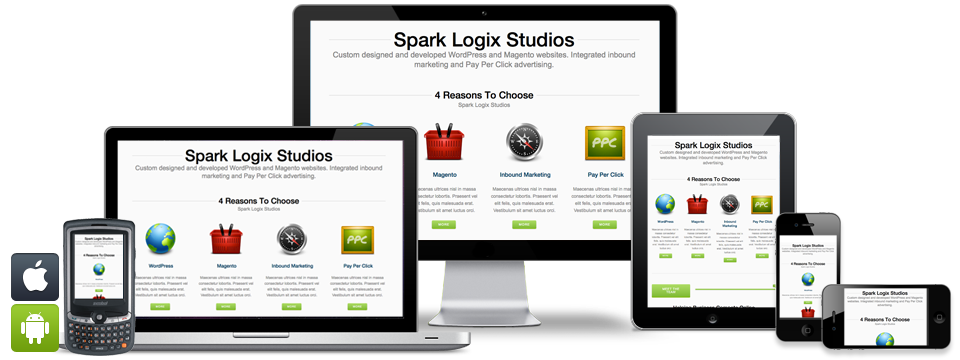


That's where fluid images enter the picture! Much like water, fluid images take on the size of their container. This means that images in your layout will need to be resized for each screen real estate. When you use fluid grids to define a layout using relative values (such as percentages), nothing on a layout will have a constant size across all devices. © Interaction Design Foundation, CC BY-SA 4.0 Fluid Images In this image, you can see that the fixed version of the content has the same width regardless of the device, whereas in the fluid version, the content fills the available screen space of the device. Therefore, responsive design uses relative sizes. The "p" in “720p” and “1080p” stands for “progressive scan,” and the number refers to the height dimensions of the image in pixels.įor responsive design, the absolute size method doesn't work because devices vary in size. When the internet arrived, this trend continued, and designers defined websites in pixel sizes. In print, publishers determine the size of what is displayed (and where) in absolute measures. Other principles may come into play for certain designs, but these three bind all responsive sites: Three main principles drive responsive design. © Stéphanie Walter, CC BY-SA 3.0 The 3 Major Principles of Responsive Design On mobile phones, the site checks for the available space and then presents itself in the ideal arrangement. If you open a responsive site on the desktop and change the browser window's size, the content will dynamically rearrange itself to fit the browser window. Responsive designs respond to changes in browser width by adjusting the placement of design elements to fit in the available space. © Interaction Design Foundation, CC BY-SA 4.0 In responsive design, you can define rules for how the content flows and how the layout changes based on the size range of the screen. The viewports should adjust logically on tablets, phones, and desktops of any resolution. It’s typically accomplished with viewport breakpoints (resolution cut-offs for when content scales to that view). "Responsive" or "Responsive Design") is an approach to design web content that appears regardless of the resolution governed by the device. A responsive site also ranks better in search results and is crucial for Search Engine Optimization ( SEO). Moreover, The Web Content Accessibility Guidelines (WCAG) lay down web responsiveness (called Reflow) as one of the success criteria for accessible content. Let's look closely at the key elements of responsive design. Users may start interacting with your product or service on a desktop, switch to a phone or a tablet and then switch back. It is the default to support device-switching. "Responsive Design" was first coined by the web designer and developer Ethan Marcotte in his book, Responsive Web Design. Here we’ll look at the main principles of responsive design and how it supports accessibility and device-switching. As more people interact with websites through mobile devices, users now expect websites to be responsive.

the entire row (text, icon, and meme image) clickable.all visual effects when the cursor is hovering over the memes, when the mouse is down on a meme, and when a meme is selected are implemented.Accordion is displayed correctly at mobile 320x568, tablet 820x1180, desktop 1920×1080 responsive design with three breakpoints for mobile, tablet, and desktop exist.smooth change (transition) of the meme images and icons is done.placement of the meme, icons and meme text are the same as in provided example gif images.icons, meme texts and meme images are exist.the accordion component is centered on the screen, with equal indents on the left and right.
Changing images in responsive site designer how to#
everything is done from Repository requirements and how to submit task section.


 0 kommentar(er)
0 kommentar(er)
